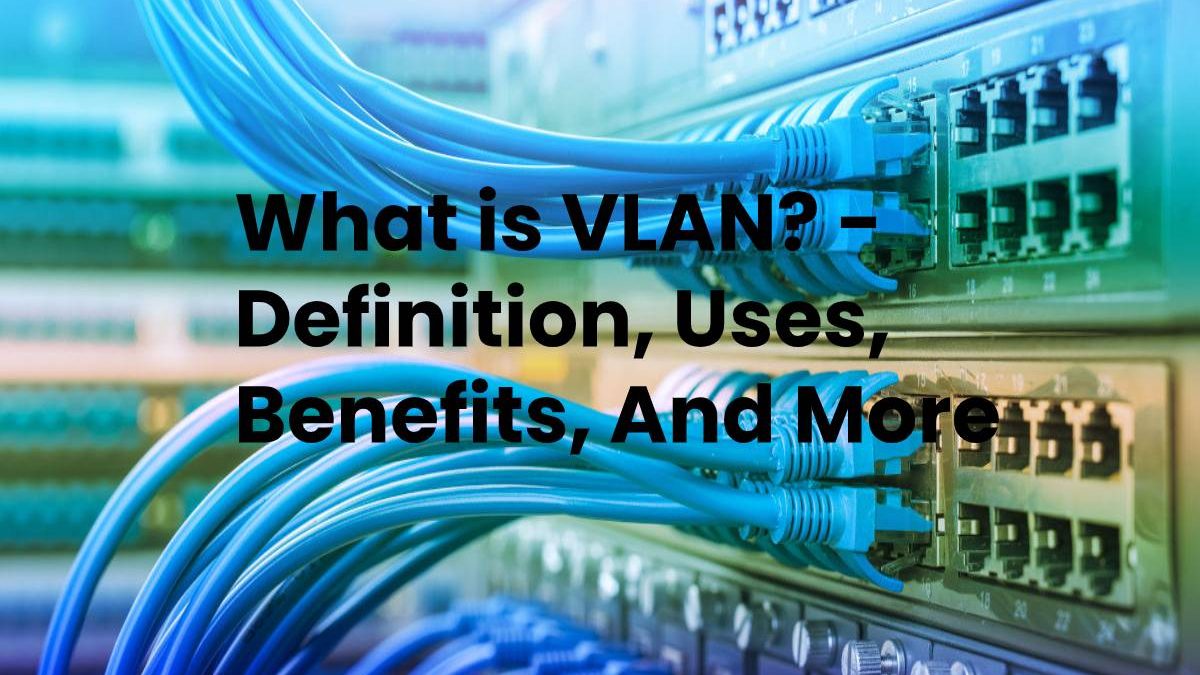Table of Contents
Definition VLAN (Virtual LAN)
VLAN is an acronym that derives from an English expression: virtual LAN. That expression refers to an abbreviation since LAN means Local Area Network. We can affirm that the idea of VLAN refers to a local area network (what we know as LAN) of a virtual nature.
It is a concept that is used in the field of computing to name the development of logical networks linked to a single physical network. It means that, in the same physical network, we can establish different VLANs.
Uses of VLAN
The utility of VLANs lies in the possibility of separating those logical segments that make up a LAN and that do not have the need to exchange information with each other through the local area network. This particularity contributes to a more efficient administration of the physical network.
Correctly, we can form a VLAN with two computer networks (computers) that get physically connected to different segments of a LAN, but that act as if the connection is to the same port. Since we do VLAN configuration through hardware, the virtual network has excellent stability and strength.
Benefits of VLAN
The fact that VLANs have become a fundamental part of our society at different levels is because they bring with them a long list of advantages. Specifically, among the most significant benefits, we can highlight the following:
- -they contribute to the reduction of the transmission of traffic on the network.
- – they improve and increase security. It is because the information with which one works proceeds to “encapsulate.”
- – they allow for greater flexibility in the network changes and also in the administration.
- – using VLAN is a way to achieve significant economic savings since costs get reduced both when making updates and making use of bandwidth.
Better performance, higher efficiency, and even smaller broadcast domains are other advantages that stand out from the aforementioned local area networks.
There are several ways to establish a VLAN.
Level 1
VLANs are those that develop from the use of ports.
Level 2
VLANs are created through the assignment of MAC addresses or by protocol class.
Level 3
VLANs involve the creation of virtual subnets, and higher-level VLANs (one VLAN per application).
We can classify VLANs Into two broad groups
–The dynamic VLANs
They have the peculiarity that in them what the assignment is made based on what are software packages.
–Static VLANs
These get based on what the ports are.

